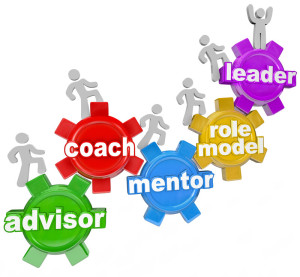My adult daughters have called me the “network queen” at times. They appreciate that I’m willing to introduce them to people who might be helpful to them and their careers in some way. It’s no secret that I do that for anyone who asks.
do that for anyone who asks.
The value of having a broad network of people you can call on for different situations is priceless. And if you have nurtured your relationships over the years and given graciously of your time, when you ask, you can count on people responding quickly and with a sincere willingness to be helpful.
I had a couple examples of this in the past month.
As part of due diligence on a new business relationship, I reached out to a former colleague and friend who worked with them. She was quick to reply, gave me her input and suggested someone else I should talk to who we both knew. She made the re-introduction for me, and I was able to connect with that person a few days later for additional insight.
My StarBridge Advisors partner and I needed some business advice in an area we were unfamiliar with. We both knew who our “go to” person would be given our past experience with him. I reached out and we were able to do a very valuable 3-way call later that same day.
Someone I knew from my board service with a non-profit organization several years ago reached out to me for advice on a new opportunity she was considering. After catching up on family and life since we last talked a few years ago, I was able to provide useful insight on the organization and opportunity plus offered to serve as a reference in her continued job search.
As I worked on a proposal for services to a new client, I reached out to someone I worked with almost 30 years ago to see if she was still working in the same field that I needed help with. We reconnected and I learned about her new consulting services which I have already referred to someone.
Relationships involve give and take. Maintaining positive mutually beneficial relationships means being available to others when they ask. They are much more than a “connection” on LinkedIn.
As we go into the Fall conference season and have the opportunity to see colleagues in person and make new connections, keep in mind the value of your network to not only you but how your connections might help others. After all, you can probably name many people who have helped you along the way. Be generous with your time and willing to help others. It will pay off many times over.
Related Posts:
Networking and navigating a tight job market








